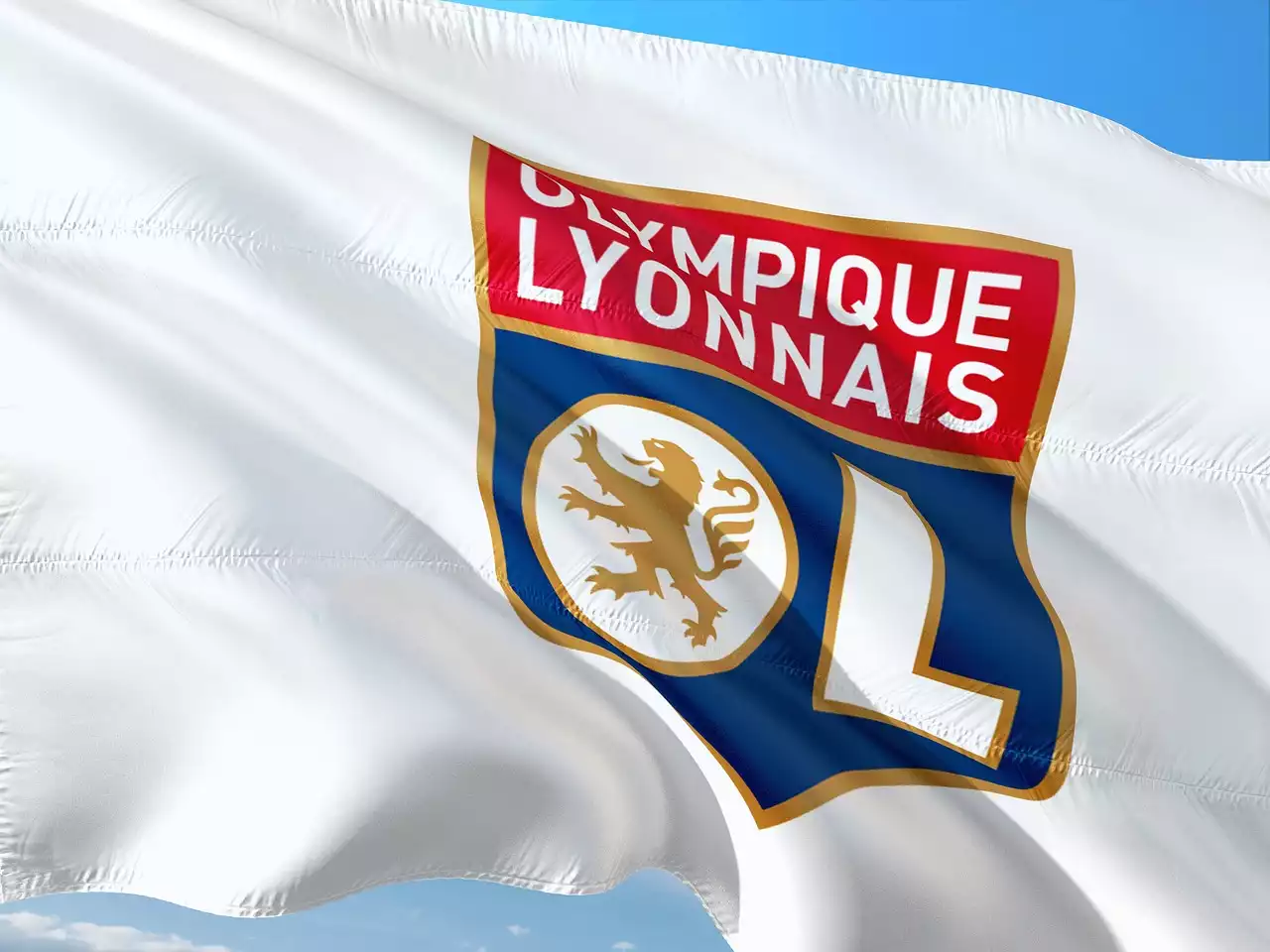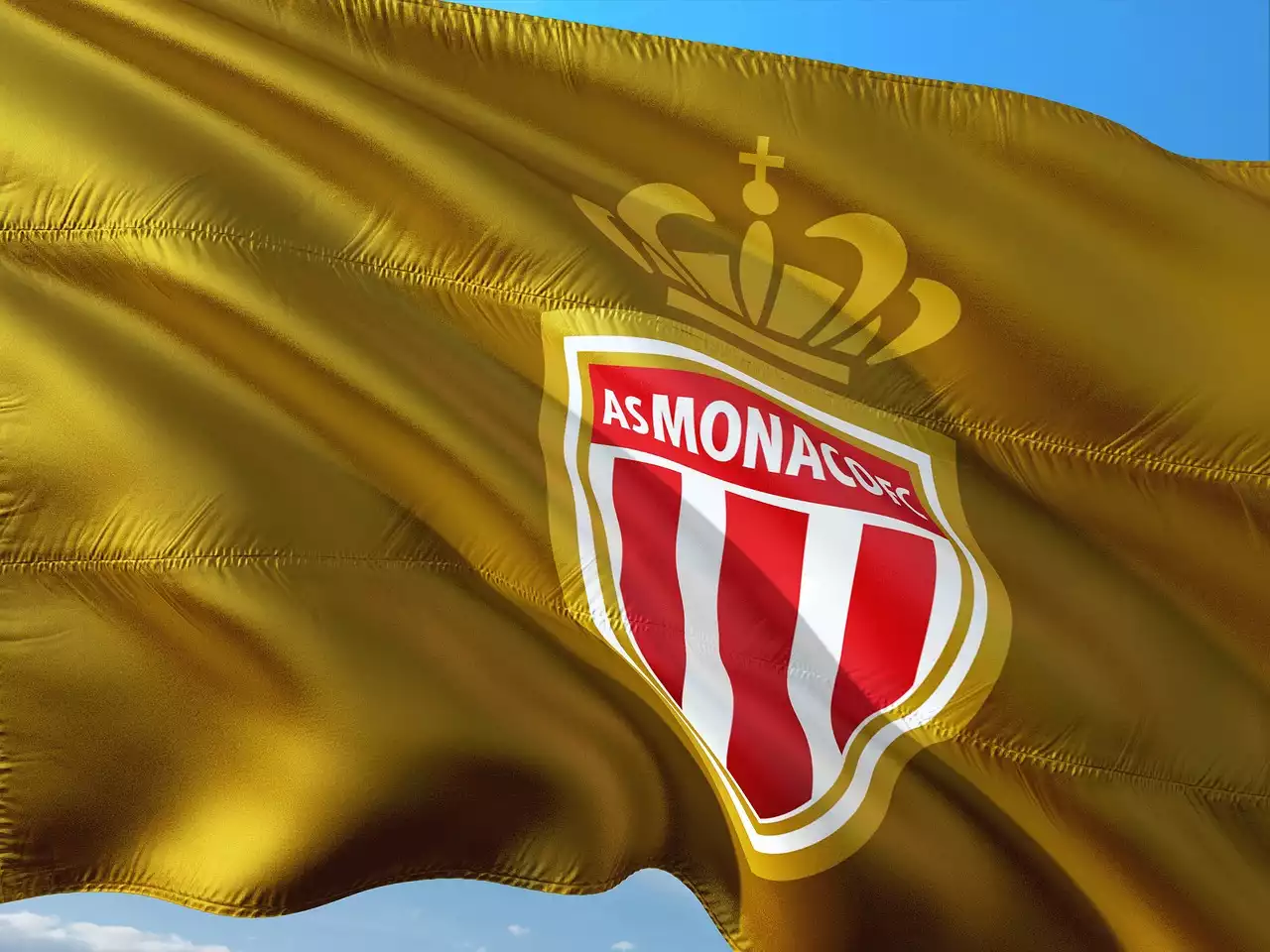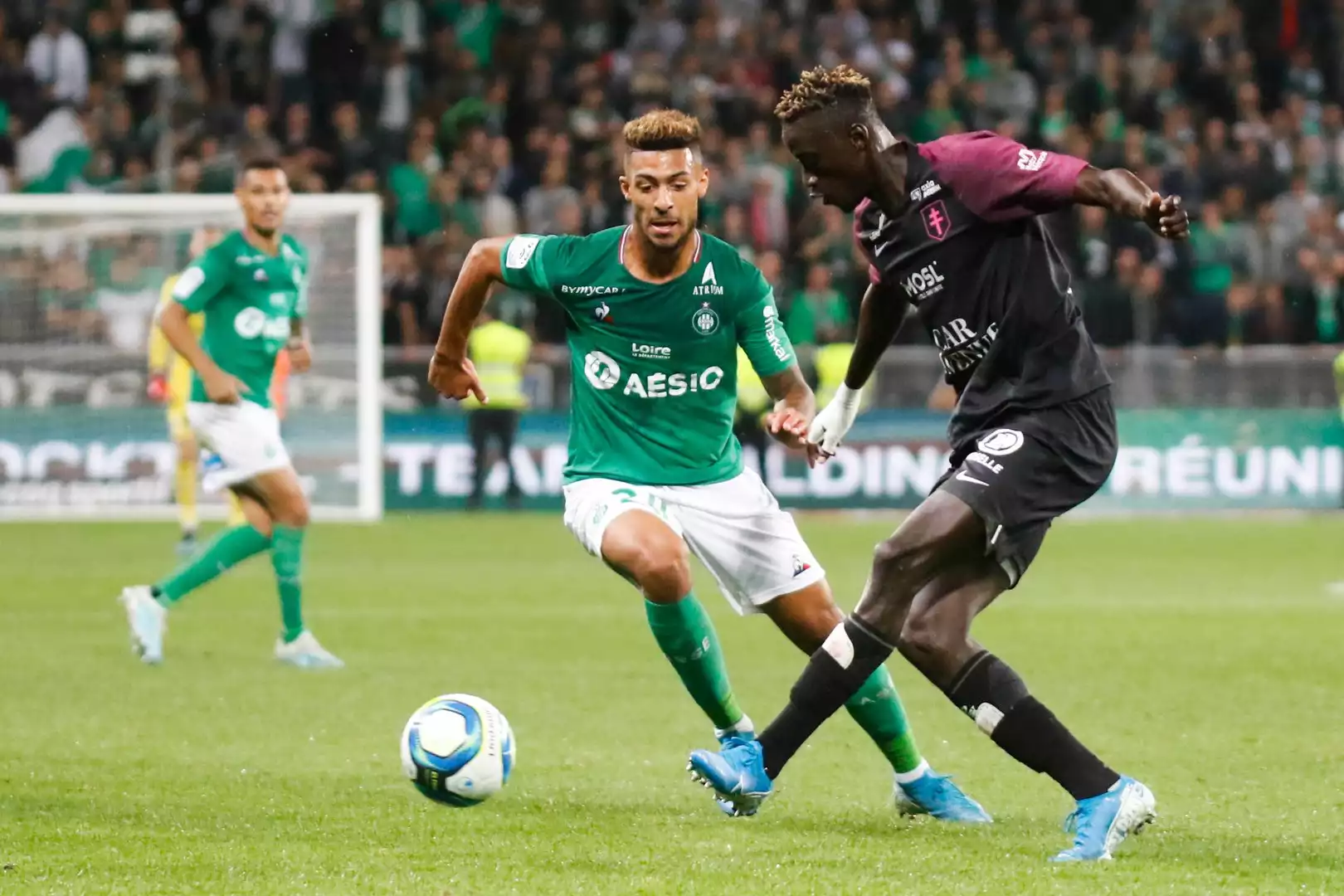Traditional powerhouses in Ligue 1
Ligue 1 has long been known for its dominant traditional powerhouses. Clubs like Paris Saint-Germain, Lyon, and Marseille have enjoyed sustained success and have a strong fan base. These clubs have historically attracted top talents and have consistently been at the top of the league table. Their rich histories, financial backing, and global appeal have made them formidable opponents for any team.
However, the dominance of these traditional powerhouses has faced challenges in recent years. The emergence of new clubs with ambitious owners, innovative strategies, and a hunger to compete has disrupted the established order. These newcomers have shown that success in Ligue 1 is no longer limited to the traditional powerhouses, and they are determined to carve out their own place in the league's history.
The rise of newcomers in Ligue 1
The rise of the newcomers in Ligue 1 has been a fascinating phenomenon to witness. AS Monaco, for instance, has been a standout club in recent years. Under the ownership of Dmitry Rybolovlev, Monaco has invested heavily in young talents and has adopted an attacking style of play. Their success in the league and in European competitions has caught the attention of football enthusiasts worldwide.
Another club that has made waves in Ligue 1 is OGC Nice. Led by ambitious owner Ineos, Nice has made significant strides in recent seasons. With an emphasis on youth development and a focus on attacking football, Nice has attracted talented players and has consistently performed well in the league. Their rise to prominence has been a testament to their commitment to building a competitive team.
Key factors contributing to their success
Several key factors have contributed to the success of these rising powers in Ligue 1. One crucial aspect is their shrewd recruitment strategies. Unlike the traditional powerhouses that often rely on big-money signings, the newcomers have focused on identifying and nurturing young talents. By investing in promising players and providing them with opportunities to grow, these clubs have built competitive squads without breaking the bank.
Innovative tactics have also played a crucial role in the success of the rising powers. These clubs have embraced a more attacking style of play, focusing on quick transitions, high pressing, and fluid movement. Their aggressive approach has caught many opponents off guard and has allowed them to dominate games against more established teams.
Additionally, the hunger to prove themselves has been a driving force behind the success of these clubs. The newcomers in Ligue 1 are often seen as underdogs, and they have used this perception as motivation to perform at their best. The players and coaching staff are determined to prove that they belong among the elite, and their relentless pursuit of success has propelled them to new heights.
Case study 1: AS Monaco
AS Monaco's rise to prominence in Ligue 1 has been nothing short of remarkable. Under the ownership of Dmitry Rybolovlev, the club has undergone a significant transformation. Rybolovlev's investment in young talents and his commitment to building a competitive squad have paid off handsomely.
Monaco's success can be attributed to their focus on attacking football. The club has consistently produced talented attacking players who have electrified the league with their skills and goalscoring abilities. The likes of Kylian Mbappe, Thomas Lemar, and Bernardo Silva have all thrived at Monaco before making big-money moves to other top European clubs.
Furthermore, Monaco's ability to identify undervalued talents and develop them into top players has been a key factor in their success. The club's scouting network has been instrumental in finding hidden gems from around the world, and their ability to nurture these players has set them apart from their competitors.
Case study 2: OGC Nice
OGC Nice's ascent in Ligue 1 has been a testament to the club's commitment to youth development and attacking football. Under the ownership of Ineos, Nice has invested heavily in their academy and has focused on nurturing young talents.
Nice's attacking style of play has won them many admirers. The club's emphasis on fluid movement, quick passing, and attacking intent has made them a formidable force in the league. Nice's ability to create scoring opportunities and their entertaining brand of football have made them a fan favorite.
In addition to their commitment to youth development, Nice has also made smart signings to bolster their squad. The club has shown a knack for identifying undervalued players and turning them into key contributors. The likes of Alassane Plea, Jean Seri, and Mario Balotelli have all thrived at Nice, showcasing the club's ability to spot talent and maximize their potential.
Case study 3: Lille OSC
Lille OSC's unexpected championship win last season sent shockwaves through Ligue 1. The club's rise to the top of the league table was a triumph of teamwork, resilience, and effective recruitment.
Lille's success can be attributed to their solid defensive organization and their ability to capitalize on scoring opportunities. The team's defensive discipline and tactical awareness have made them a difficult team to break down, while their clinical finishing has seen them score crucial goals in tight matches.
One of Lille's key strengths has been their ability to unearth hidden gems in the transfer market. The club's recruitment team has consistently identified talented players who have gone on to become integral parts of the squad. Lille's ability to find value in the transfer market has been crucial in their rise to prominence.
Comparing the newcomers to traditional powerhouses
The rise of the newcomers in Ligue 1 has posed an interesting challenge to the traditional powerhouses. While the established clubs have the advantage of history, financial backing, and global appeal, the newcomers have shown that success in Ligue 1 is not limited to the traditional elite.
The newcomers have brought a fresh approach to the league, with their emphasis on youth development, attacking football, and innovative tactics. Their ability to compete with and defeat the traditional powerhouses has forced the established clubs to reevaluate their strategies and adapt to the changing landscape of Ligue 1.
Implications for the future of Ligue 1
The emergence of the rising powers in Ligue 1 has injected a new level of excitement and competitiveness into the league. The success of clubs like AS Monaco, OGC Nice, and Lille OSC has shown that there is room for new contenders in French football.
The rise of these underdogs has also attracted global attention and has helped raise the profile of Ligue 1. The league is no longer seen as a two-horse race between Paris Saint-Germain and Lyon, but as a highly competitive competition with multiple teams capable of challenging for the title.
The future of Ligue 1 looks promising, with the newcomers continuing to push the boundaries and challenge the established order. The traditional powerhouses will need to adapt and innovate if they want to maintain their dominance, while the rising powers will need to build on their recent successes and continue to improve.










